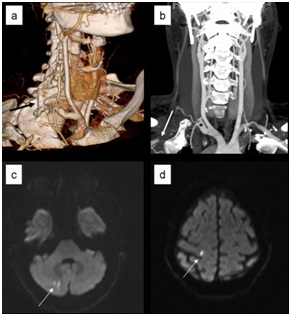The BMC-series has been watching its weight this month, with two articles on heavy issues. Elsewhere, we had stolen genes, violent ants and Hdac4 controlling development in zebrafish, amongst a host of other important research. Be sure to investigate the journal homepages for more exciting highlights.
Public Health: A weighty issue
In a study published in BMC Public Health this month, which was picked up by New Scientist, BBC News, ITN news and The Telegraph, Walpole et al investigated the impact of obesity in terms of total human biomass. Perhaps the most memorable statistic of the study reveals that, if all countries had the same average BMI as the USA, then the total human biomass would increase by 58 million tonnes, or the equivalent of 935 million people of average body mass.
Physiology: Stressing further weighty issues
In continuation of the above theme, a review by Kristin Speaker and Monika Fleshner in BMC Physiology this month explores the link between stress and obesity, and suggests that stress-evoked interleukin-1 beta signaling within subcutaneous adipose tissue, when repeatedly induced, contributes toward the development of visceral obesity. This is important, as visceral obesity, or a disproportionate amount of body fat within the abdominal cavity, is closely associated with negative health outcomes.
Genomics: Genetic theft in the plant world
The parasitic plant Rafflesia cantleyi is not just dependent upon it’s host plant, Tetrastigma rafflesiae, but has also acquired genes from it, according to a study from BMC Genomics. Many of these genes have integrated into the nucleus, and genetic analysis shows that the transfer likely happened some time ago and in a gradual fashion. Discussing the significance of these results, final author Prof. Charles Davis said: “…it appears that about one third of the parasite’s own genes have evolved to be more like those of T. rafflesia. Finding out how T. rafflesia manages its genomic deception will provide us with real insights into the slow war between plant parasites and their hosts.” This publication was also picked up by the Scientific American blog.
Image of the month:
Computed tomography angiography with surface rendering of a
patient with a cervical rib compression of the subclavian artery, causing thrombosis and cerebellar and cerebral infarctions. From Mirza Jusufovic et al., BMC Neurology.
Ecology: Ants marked for death
Male Cardiocondyla obscurior target young rivals for death says a new publication in BMC Ecology, which was highlighted in Science. Chemical signals allow adult ants to identify potential rivals while they are still pupae. Once they have emerged, the young ants are vulnerable due to the lack of development of their protective exoskeleton. They therefore have a short period of time to seek safety before they are either attacked by the adult, or marked with anal secretions for attack by worker ants.
Developmental Biology: Showing the role of Hdac4 in zebrafish
A study published in BMC Developmental Biology this month shows that Histone deacetylase-4 (hdac4) is required for the correct migration of cranial neural crest-derived precursor cells during zebrafish early embryogenesis, with loss resulting in skeletal defects such as shortening of the face of young larvae. This is exemplified by pictures which show the rather striking morphological changes associated with lack of hdac4 in the zebrafish.
To keep up to date with all the latest developments across all aspects of biology and medicine published in the BMC-series, follow our blog, twitter feed @BMC_series, individual journal homepages in your research area, or visit our new YouTube channel. For more exciting updates, be sure to revisit the highlights blog next month!


Comments